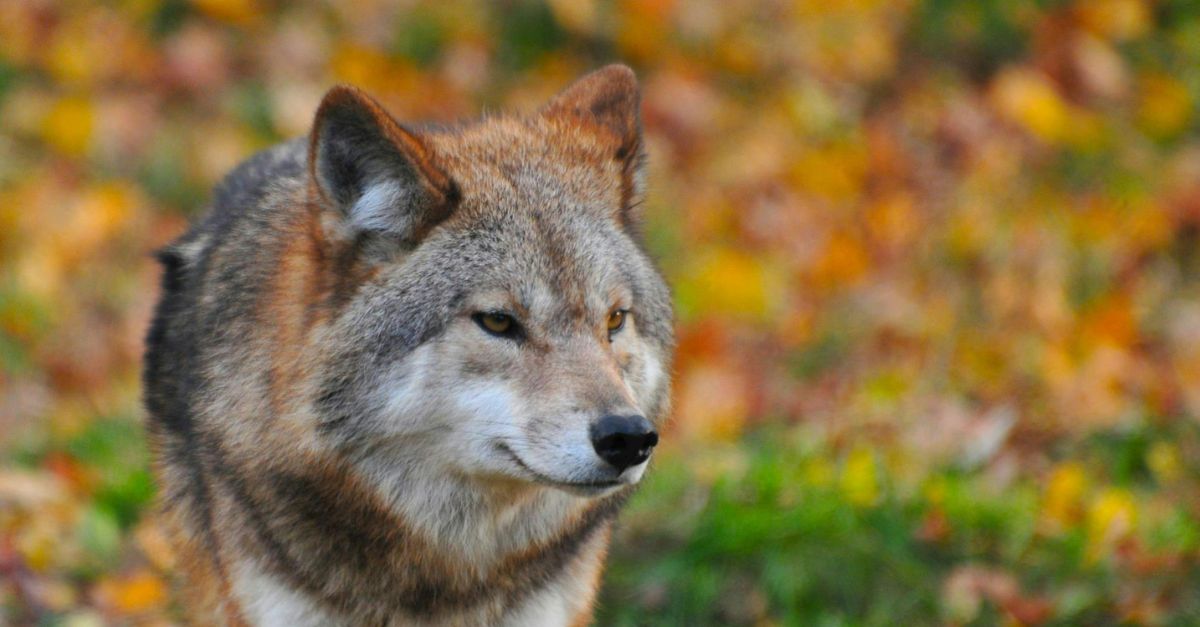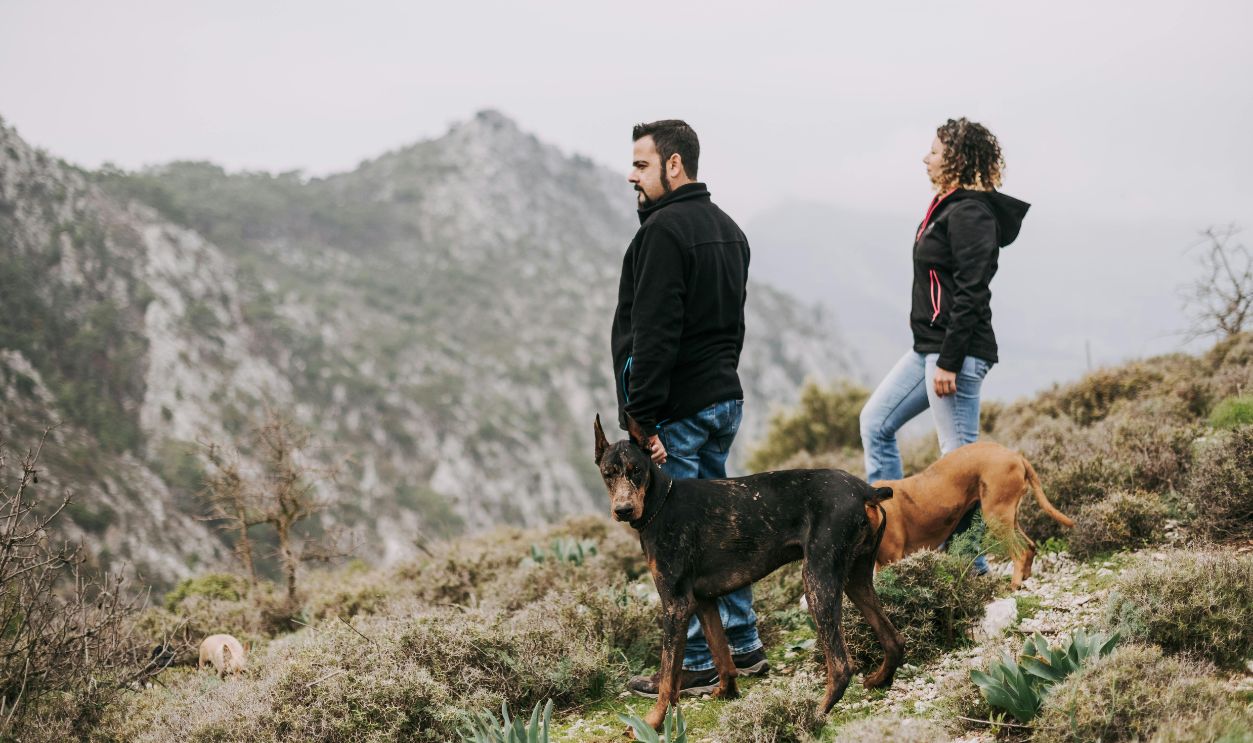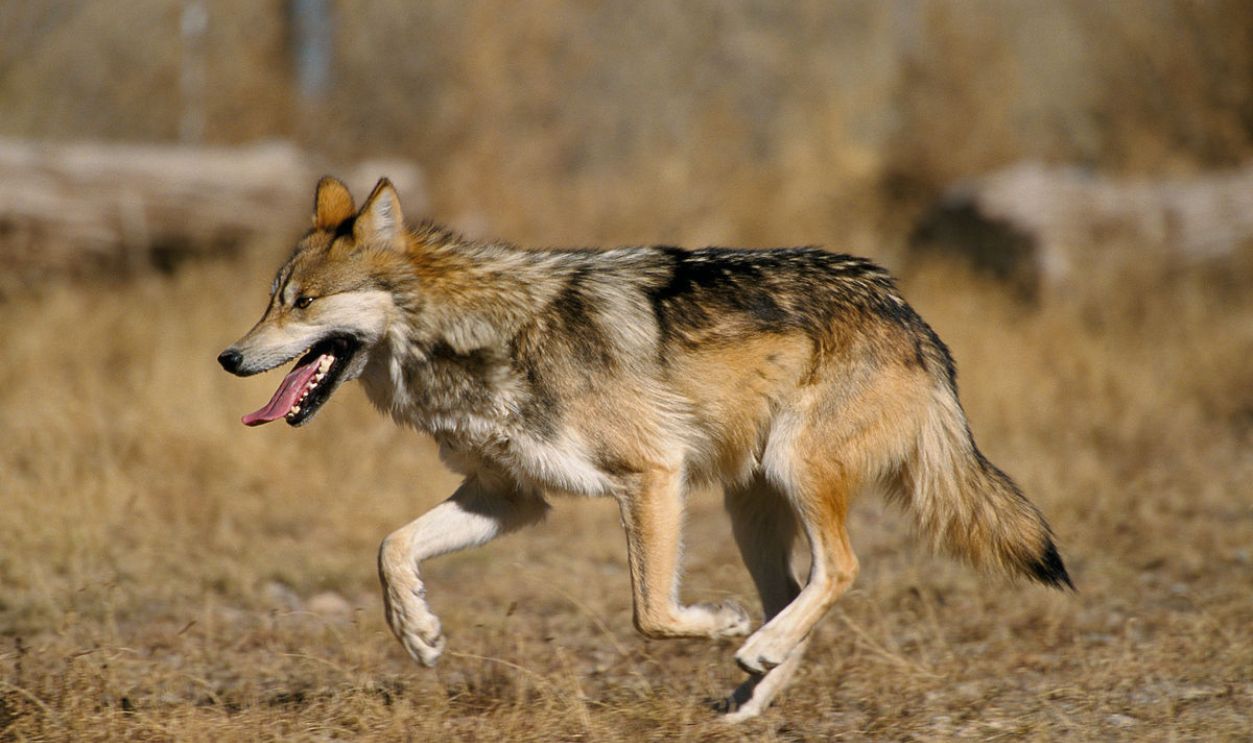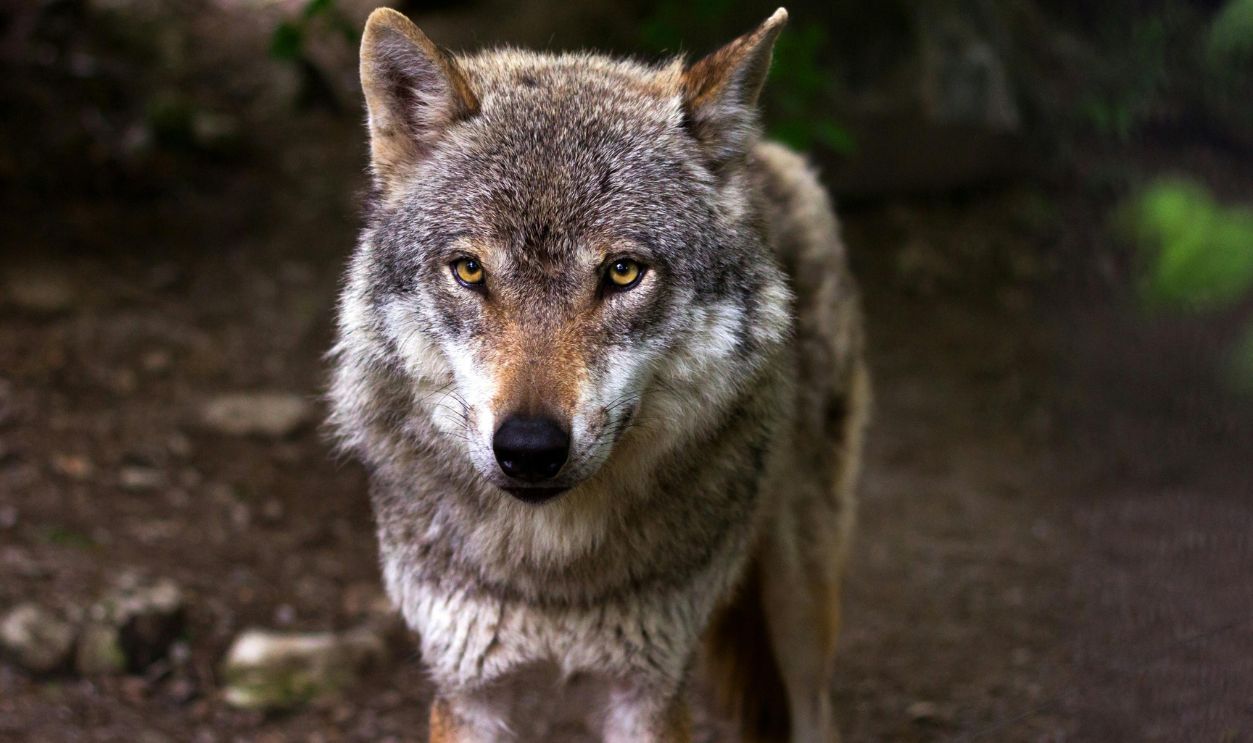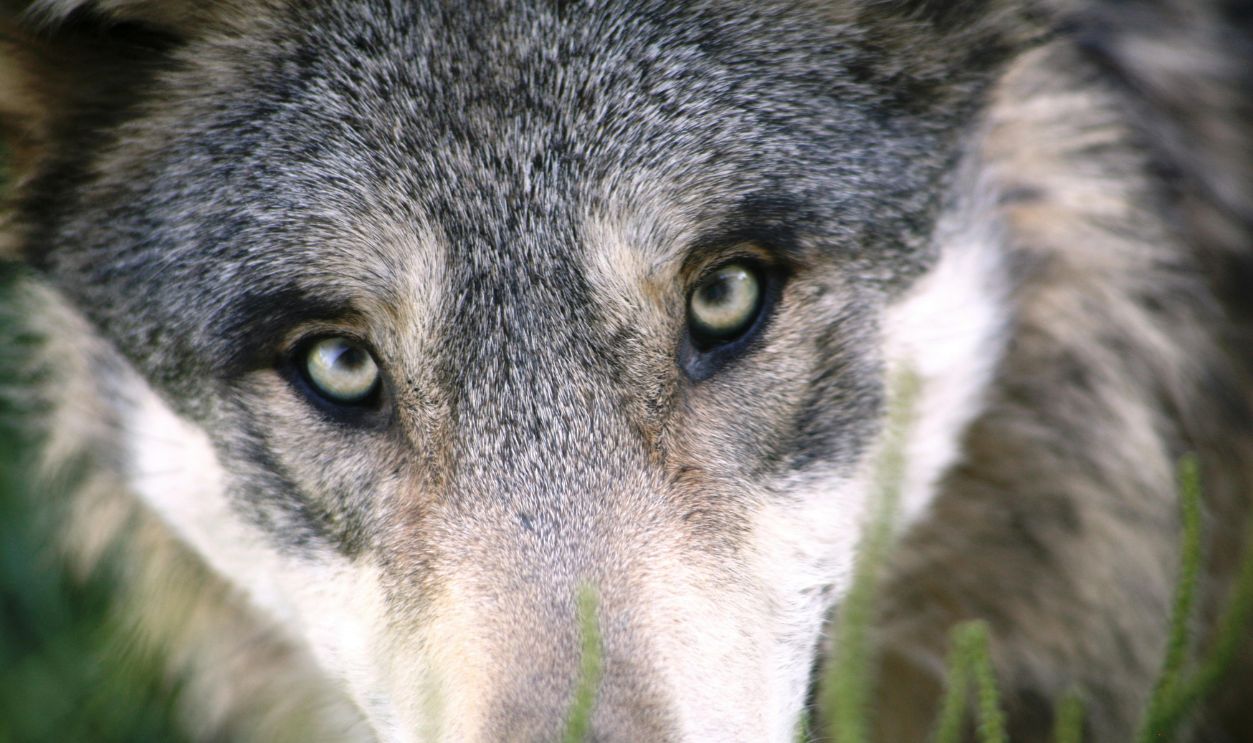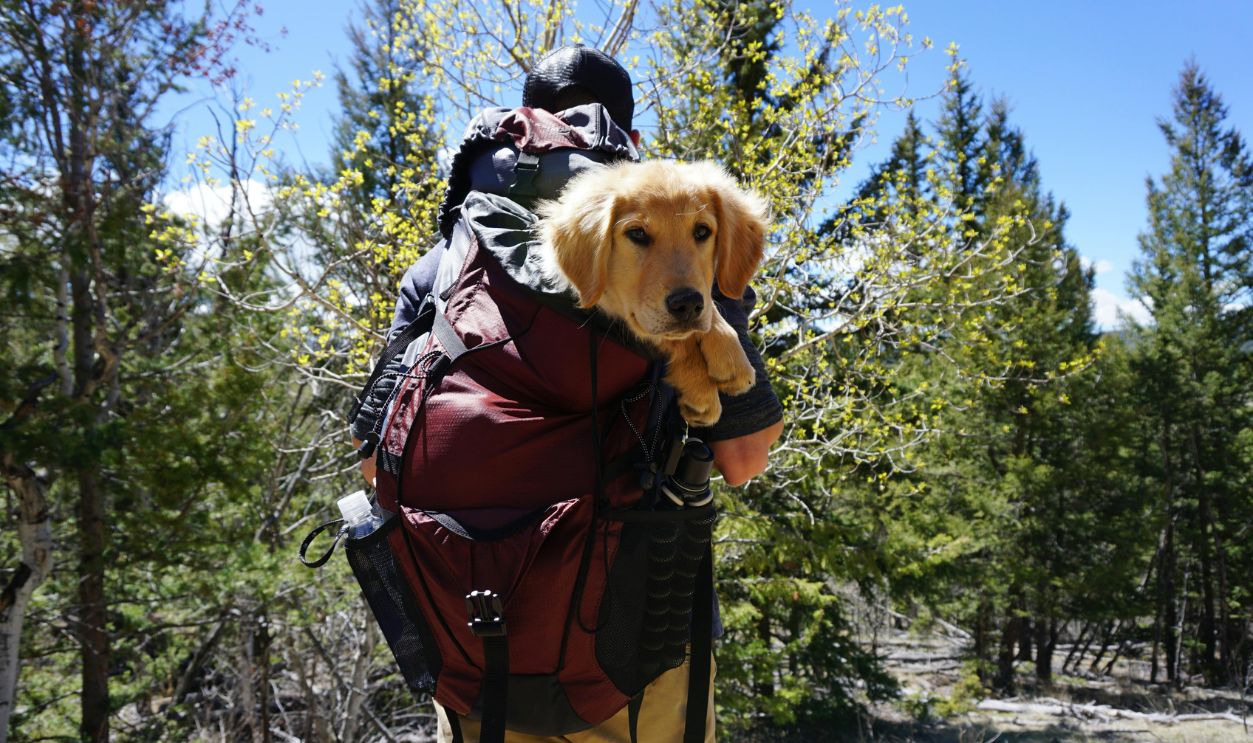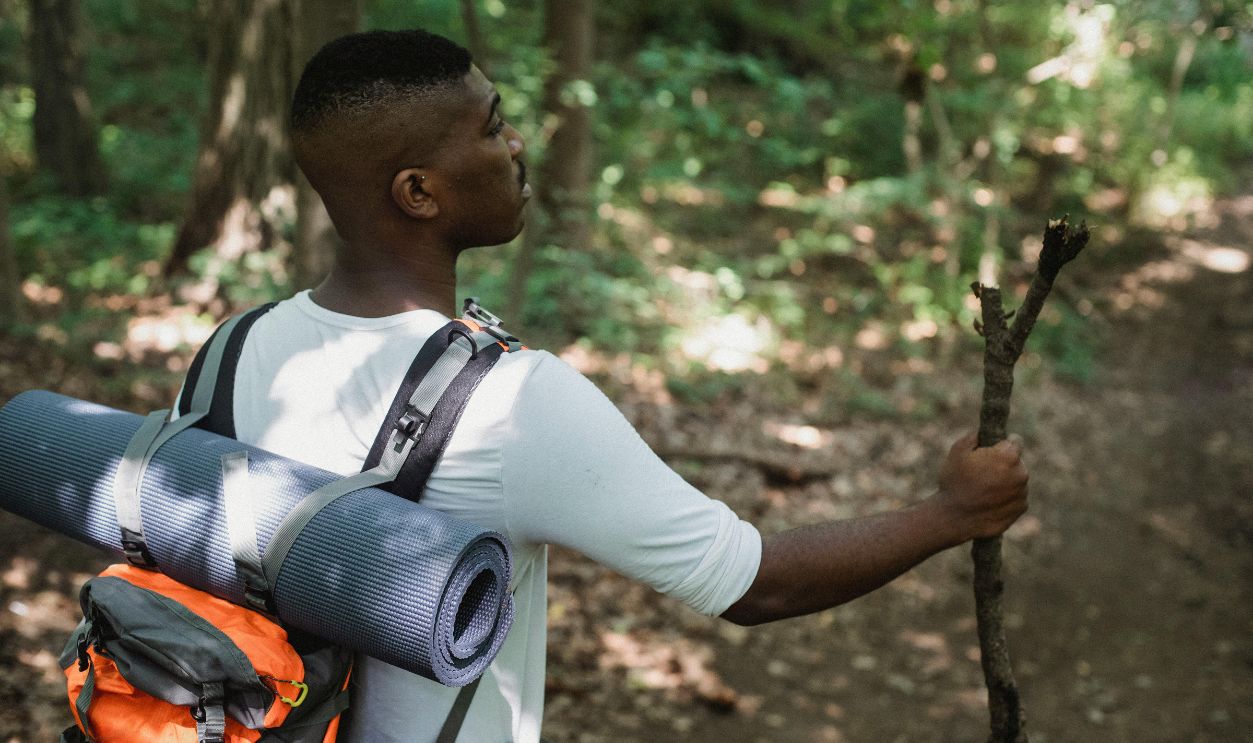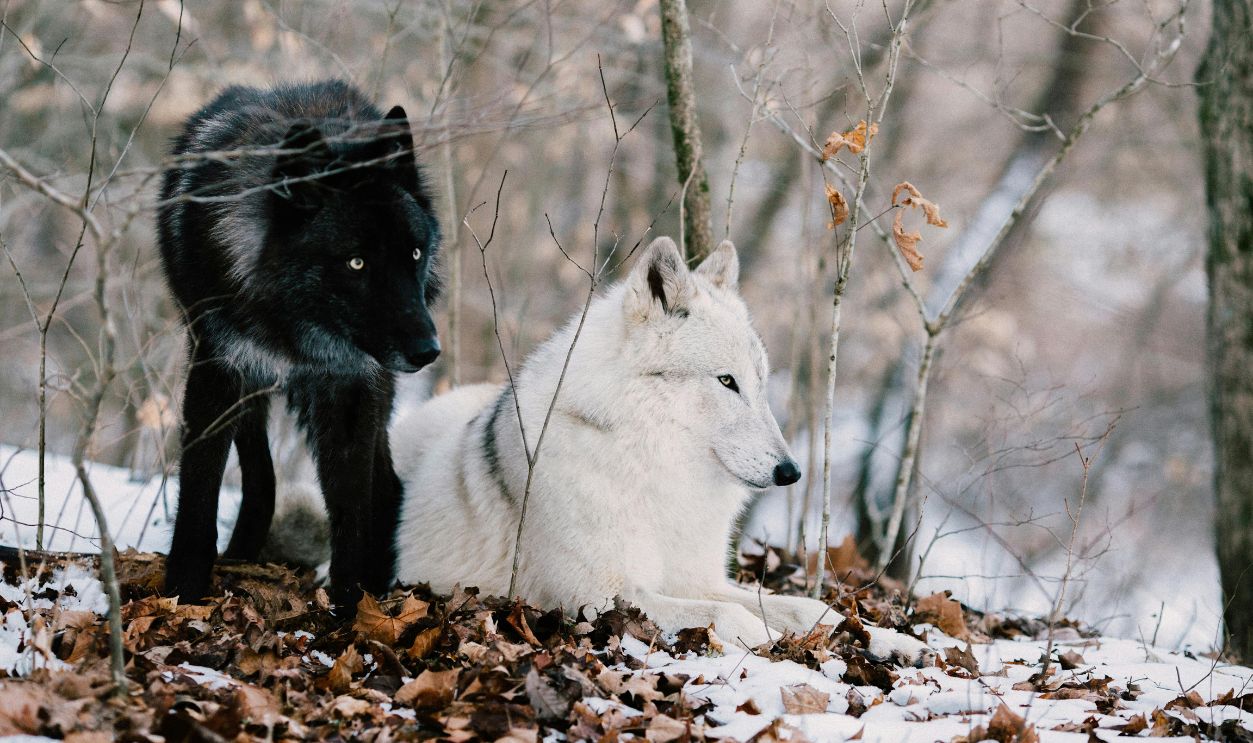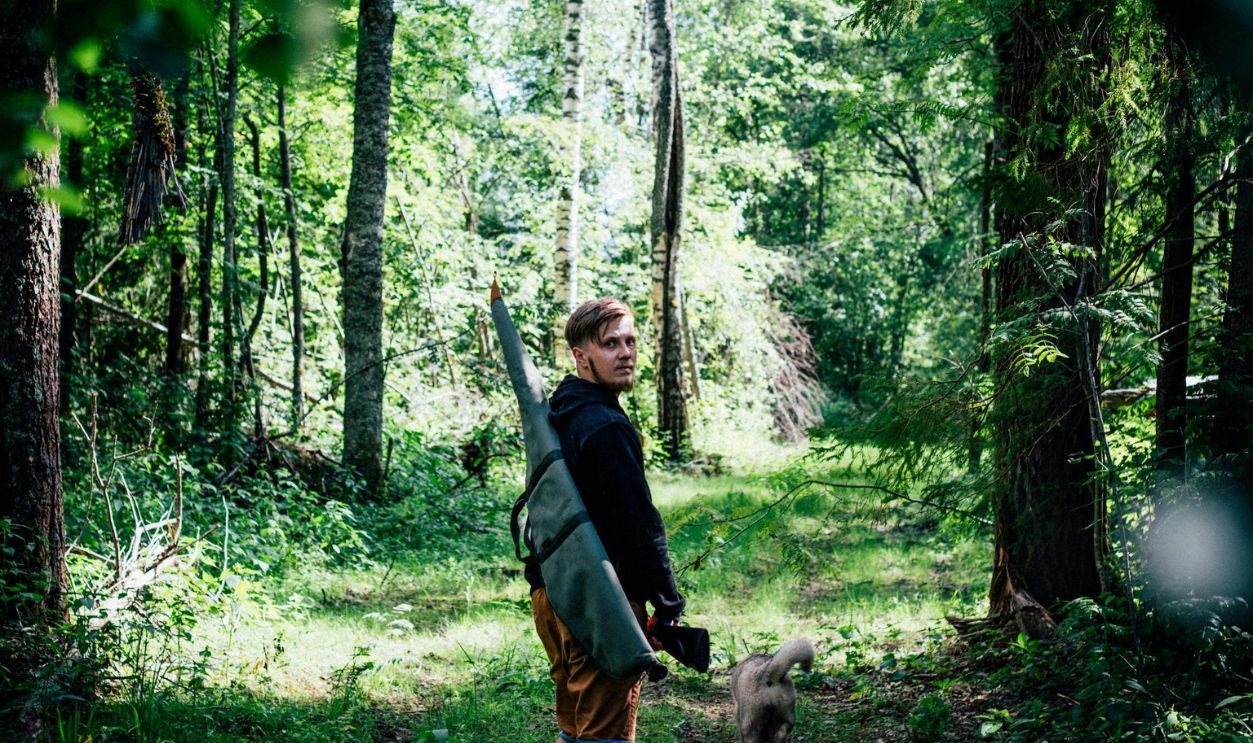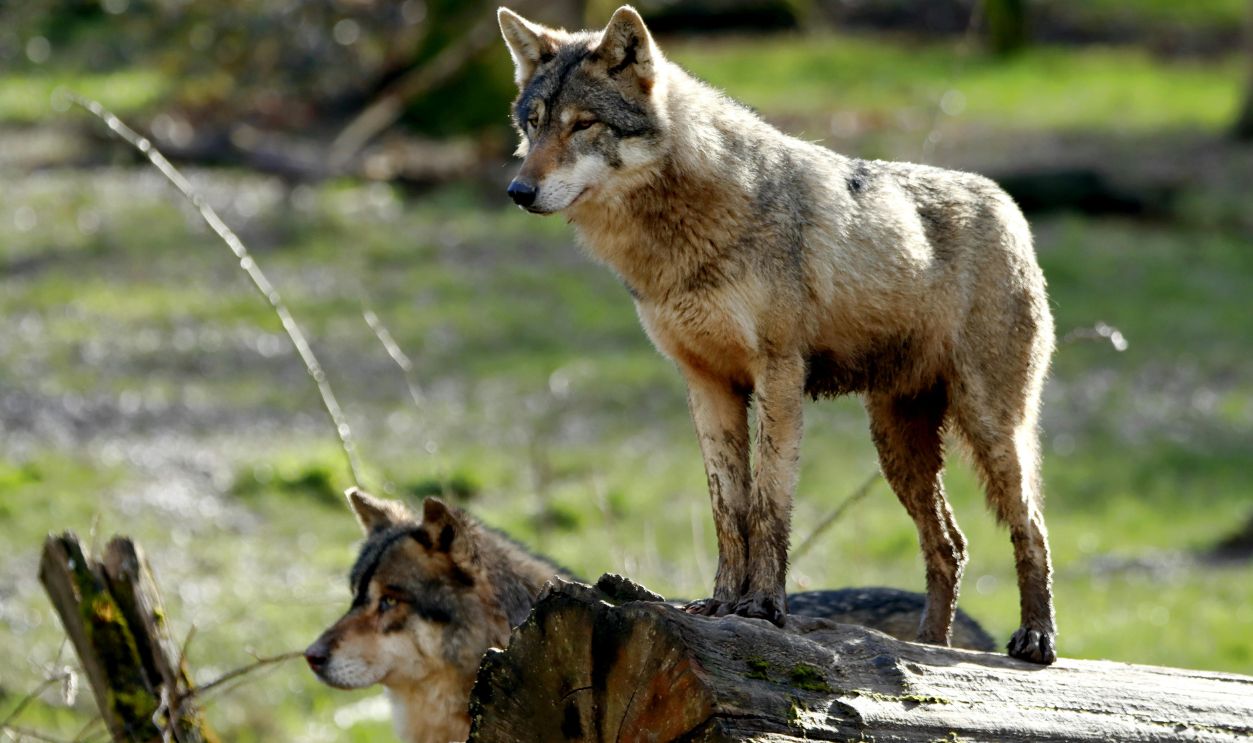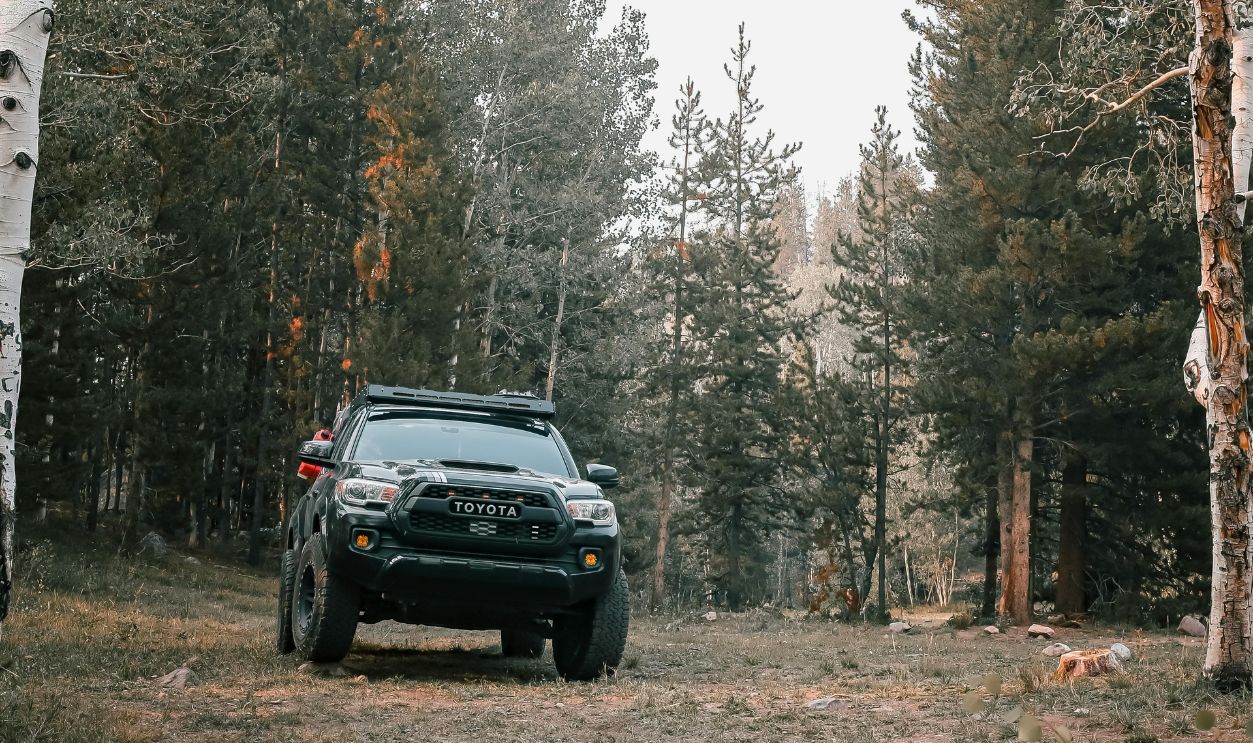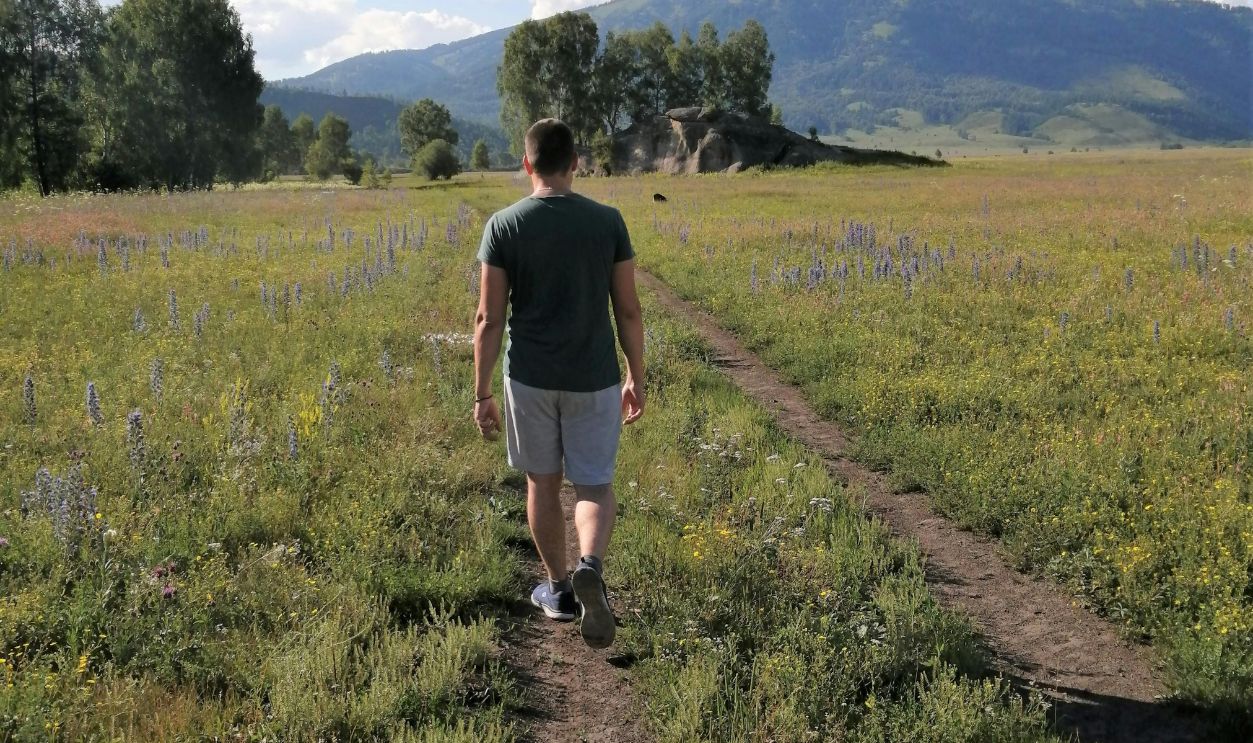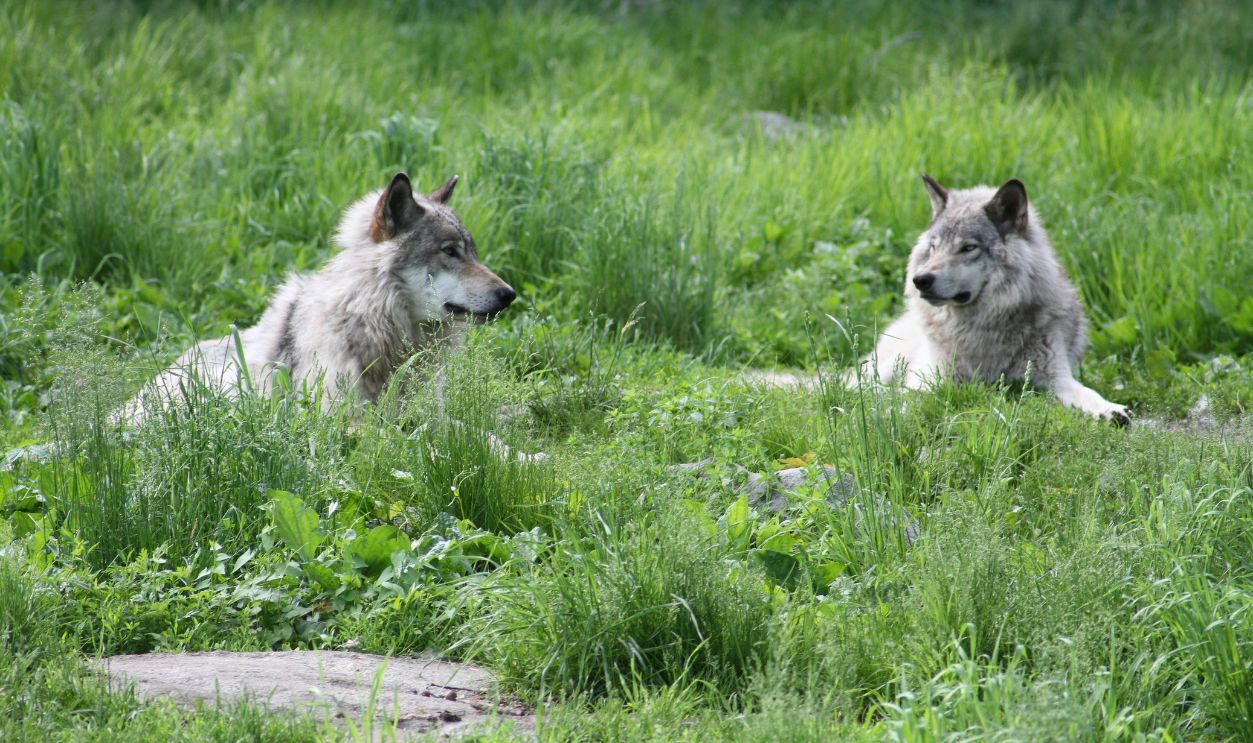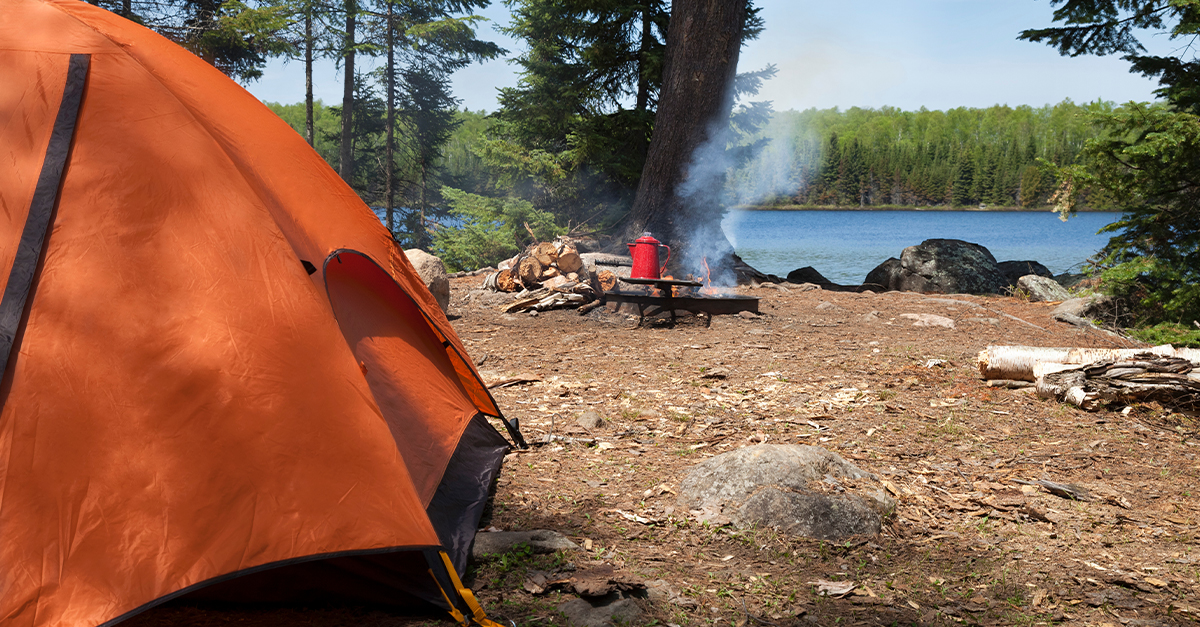How To Act When A Wolf Stares You Down In The Wild
As you hike through the dense forests of the Pacific Northwest, you catch the gleam of amber eyes staring at you—a wolf. What do you do? Wolves are elusive, but encounters happen, especially in the remote wilderness areas of Wyoming and Alaska. These essential tips can make or break this meeting.

Travel In Groups
When exploring wolf territory, traveling in a group is one of the safest precautions you can take. Wolves are less likely to approach multiple people, as they generally avoid large gatherings. Stick close together and make noise to alert wolves to your presence to reduce the chances of an encounter.
Stand Between The Wolf And Your Group
Wolves are more likely to target individuals who are alone or seem isolated. By placing yourself as a barrier between the wolf and your friends, you protect the more vulnerable members of the group. This tactic creates distance and reduces the likelihood of an attack.
Study The Area
Before hiking or exploring the wilderness, you should study the area and avoid spots where wolves are known to live. If you see the wolf before it sees you, it’s best to back away quietly. Remember that wolves usually travel and hunt in packs, so their kin might be around.
Reconsider Bringing Your Dog
If you have a small dog, it’s best to leave it at home. A dog might think that a wolf howling is another dog willing to play and might attract more animals toward you. Some bigger dogs, however, will intimidate wolves and keep them away.
Stay Calm
There’s no need to panic, although it’s understandable if you do. Wolves are sensitive to body language, and sudden movements can escalate a situation. By staying composed, you show the wolf you are dangerous. However, if you make erratic movements, you risk triggering its chase instinct.
Stand Your Ground
Is the wolf moving towards you? Running away makes the wolf believe you are prey, as its instinct is to chase fleeing animals. By standing firm, you give the wolf the impression that you are not an easy target. It also allows you to decide on your next move.
Avoid Running
Running is one of the worst things you can do when you meet a wolf. This instinctive reaction can trigger the wolf’s chase response, as it’s naturally drawn to pursuing fleeing animals. If you run, you put yourself in immediate danger and exhaust yourself, which makes you even more vulnerable.
Make Yourself Appear Larger
Wolves, like most predators, are more likely to back down from a larger or more intimidating presence. Raise your arms or try to stand on higher ground to increase your perceived size. Wolves avoid confrontations that might lead to injury, especially when they sense a risk of defeat.
Avoid Making Direct Threats
While it’s important to assert dominance, aggressive behavior can put you in danger. Throwing objects or making aggressive gestures can be perceived as a challenge or threat. Wolves have a strong instinct to protect themselves when they feel cornered or attacked. Instead, focus on appearing confident without escalating the situation.
Don’t Bring Food Or Scented Items
If you’re in an area where you know wolves will be around, bringing food or scented items isn’t recommended. Wolves have a sharp sense of smell and will approach out of hunger if they detect food odors. Store food in airtight containers or odor-proof bags to reduce the scent trail.
Keep Eye Contact
In the wild, animals interpret eye contact as a sign of dominance or strength, which can discourage the wolf from approaching further. However, it’s important to avoid staring aggressively or glaring at the wolf, as this can be perceived as a challenge. If done incorrectly, this could escalate the situation.
Pick Up Small Children And Pets
Are you hiking with children or pets? Wolves may be more inclined to approach smaller animals, particularly dogs, which they may view as potential rivals or prey. Picking them up allows you to protect them and prevent them from fleeing or provoking the wolf.
Use A Stick Or Pole
Sometimes, a little help is needed. A trekking pole or hiking stick can be an effective barrier between you and the wolf. It extends your reach and makes you appear more capable of defending yourself. You also create a visual and physical barrier that discourages the wolf from coming closer.
Make Noise
Wolves are typically wary of humans, and loud sounds like yelling, clapping, or banging objects together can make you seem more scary. These naturally cautious creatures tend to avoid potential dangers, like loud and unpredictable sounds. However, it’s important to avoid sudden, high-pitched screams that could startle the wolf.
Back Away Slowly
If the wolf is not showing signs of immediate aggression, backing away slowly is the best option. Rapid movement can be seen as prey behavior, so moving away at a steady pace while facing the wolf allows you to avoid triggering it.
Avoid Turning Your Back
Never turn your back on a wolf. Turning away signals vulnerability and may trigger a wolf’s predatory instincts. Wolves are opportunistic hunters, and seeing you turn may encourage them to pursue you. Instead, face the wolf directly and back away slowly while keeping it in your line of sight.
Don’t Feed The Wolf
You shouldn’t feed wild animals; feeding a wolf can be fatal. Offering food encourages the wolf to associate humans with easy meals, which increases the risk of future encounters. Wolves are wild animals that rely on hunting to survive; feeding them can lead to dependency.
Get To A Shelter Or Vehicle
If you are in an area where shelter is accessible, such as a cabin or vehicle, getting there quickly can provide much-needed safety. It’s based on the wolf’s instinctual behavior to avoid areas where they might feel trapped or threatened. Otherwise, you risk being left in a vulnerable position.
Carry Bear Spray
Bear spray is a powerful deterrent for large predators like bears. It’s also effective against wolves when used properly. If you know you’ll travel in an area inhabited by wolves; this spray will create a cloud of irritants that temporarily incapacitates the wolf as you reach safety.
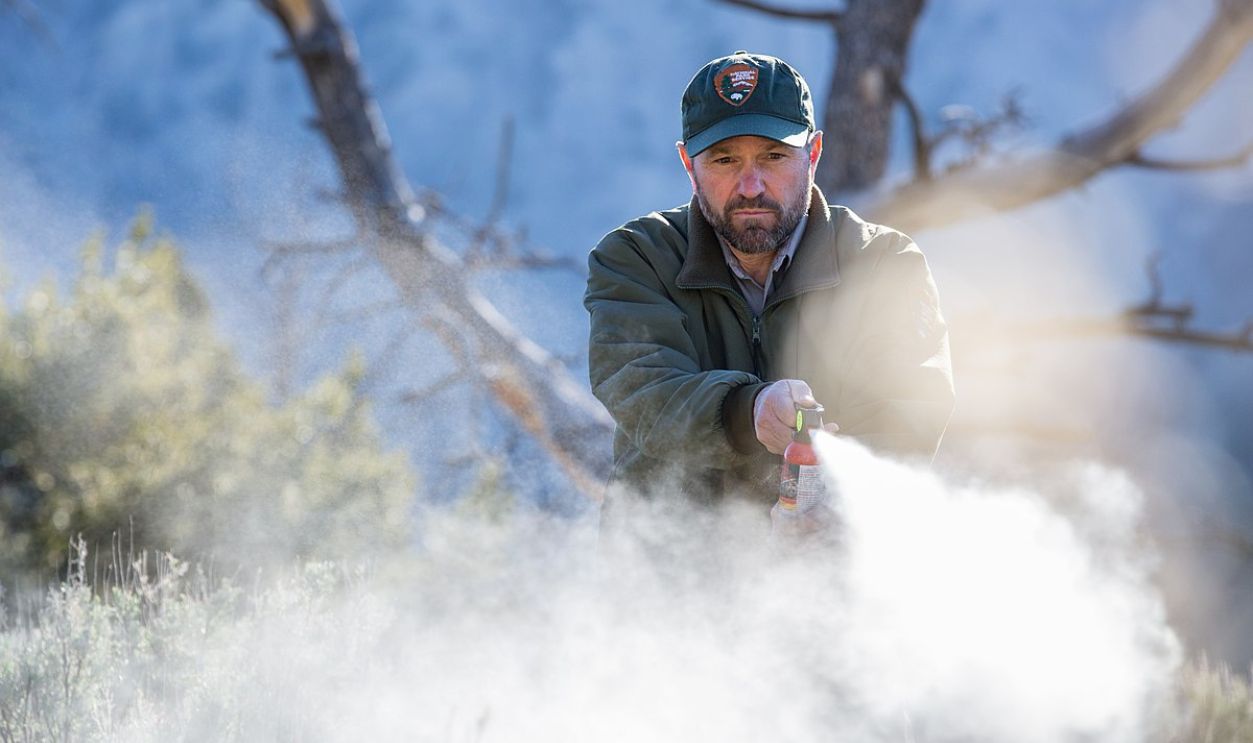 Yellowstone National Park, Wikimedia Commons
Yellowstone National Park, Wikimedia Commons
Stay In An Open Area
When no shelter is available, staying in an open area can help. Wolves prefer to approach from areas where they can hide, and being in an open space reduces the wolf’s ability to sneak up on you. It also allows you to observe the wolf’s behavior and respond accordingly.
Protect Vital Areas
Dressing for an adventure in the wilderness riddled with wolves is paramount. This decreases the risk of a fatal injury if the wolf eventually attacks you. If you can’t escape the animal, use your arms or any object available to block bites and minimize injury to critical areas.
Wait For The Wolf To Leave
In many cases, wolves will only approach humans out of curiosity and will leave once they determine they aren’t dangerous. If the wolf is not acting aggressively, it’s best to wait patiently until it loses interest. It’s essential, however, not to make sudden movements during this period.
Don’t Approach The Wolf
Approaching a wolf is never advisable, even if it seems calm or disinterested. Wolves are wild animals with unpredictable behavior, and closing the distance can make them feel threatened or cornered. Wolves may interpret your approach as an invasion of their space, which can lead to defensive aggression.
Stay Alert
Despite pushing the wolf away, you aren’t safe yet. This is the wolf’s territory; if it’s hungry, it will probably stick around to plan for an attack. So, once the wolf has walked away, seek help, keep making noise, and make sure you’re sheltered.
Build A Fire
Until help arrives, building a fire can keep wolves at bay. Use green leaves and damp sticks because they produce more smoke, which will keep wolves away. Apply some sap to your smoking embers and disperse them around you to create a safe zone.

